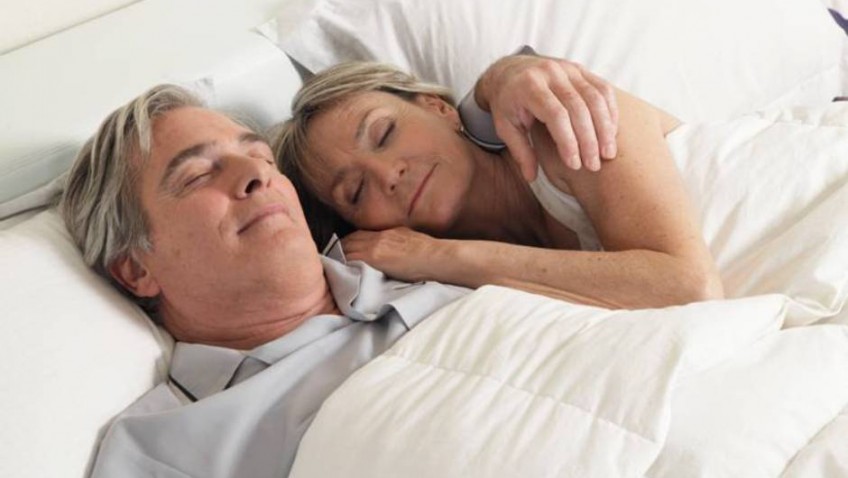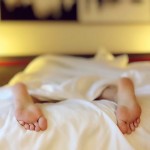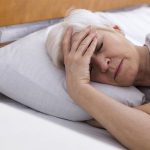Many chronic issues with sleep deprivation in older adults – including an increase in insomnia, waking up often, waking up earlier, and feeling tired and nodding off throughout the day – often go undiagnosed or untreated because many people believe that sleep problems are a normal part of aging. Although some age-related sleep issues can be linked to existing health problems, from heart disease to respiratory problems or restless leg syndrome, others are more in a person’s control than may be perceived. As some of the sleep experts at Harvard Med advise, “Learning how the internal clock and sleep drive interact, and how they limit when good sleep can occur, can help people devise strategies that will help them maintain quality sleep as they age.” These strategies are otherwise known as sleep hygiene.
What is good sleep hygiene?
Although there are many things that are out of your control as you age, you can gain a little bit more control over your sleep quality by adopting a good sleep routine including the following:
Avoid stimulants
Substances like caffeine, nicotine, alcohol, and some pain relievers are stimulants that impede sleep. Even consumption of these substances throughout the day long before you are trying to sleep can have an impact on evening sleep quality. It is recommended to cut out these substances entirely, or at least ensure that you do not consume them within six to eight hours before bed.
Optimise your sleep environment
Creating the most ideal sleep environment is a good way to encourage a better quality sleep. It should be dark and free of electronics and non-natural light – things like blue light from computer screens or electrical currents can interrupt the regular sleep rhythms of your body. It should also be kept relatively cool (the best temperature to encourage restful sleep is around 20°C).
Furthermore, making sure that you are sleeping on a good mattress and pillow is important, as sleeping on a poor-quality or old mattress (most mattresses only last eight to ten years) can actually put added pressure on the points where your body makes contact with the mattress, creating pain or discomfort in those areas. This leads to a restless quality of sleep because this pain and discomfort is actually caused by a lack of oxygen and blood flow in these contact areas.
Pain is your brain’s way to trigger your body to move in your sleep (tossing and turning) to restore oxygen and blood flow to these pressure point areas. Memory foam mattresses such as the type found here are far better than mattresses with springs, as these increase pressure on contact points. Memory foam on the other hand, will shape to your body and relive pressure points – giving your body more support in general
Follow a ritualistic wind down routine
You should go to bed and wake up at the same time every day. Late nights and sleeping in may feel like a good compensation, but in fact they throw off your internal clock and decrease your quality of sleep. The routine that you implement before bed is also crucial because it triggers your body for sleep. From drinking a calming tea to washing your face and brushing your teeth, by repeating the same activities every day before going to sleep, you trigger your body to shut down and prepare for slumber. This can help you to get tired and fall asleep faster.
Remain active
It is also important to stay active and get outside. This is important for two reasons: first, being exposed to natural light has a strong effect on your internal clock, which will help with the production of melatonin which is released in the absence of natural light (in the evening) to induce sleep. Second, physical exercise helps you to fall asleep faster and more soundly because it stimulates the release of anti-stress and anti-depressant hormones and endorphins. However, it also releases cortisol, which is a stimulant and responsible for wakefulness, so exercise should be done early in the day and not before bed.





